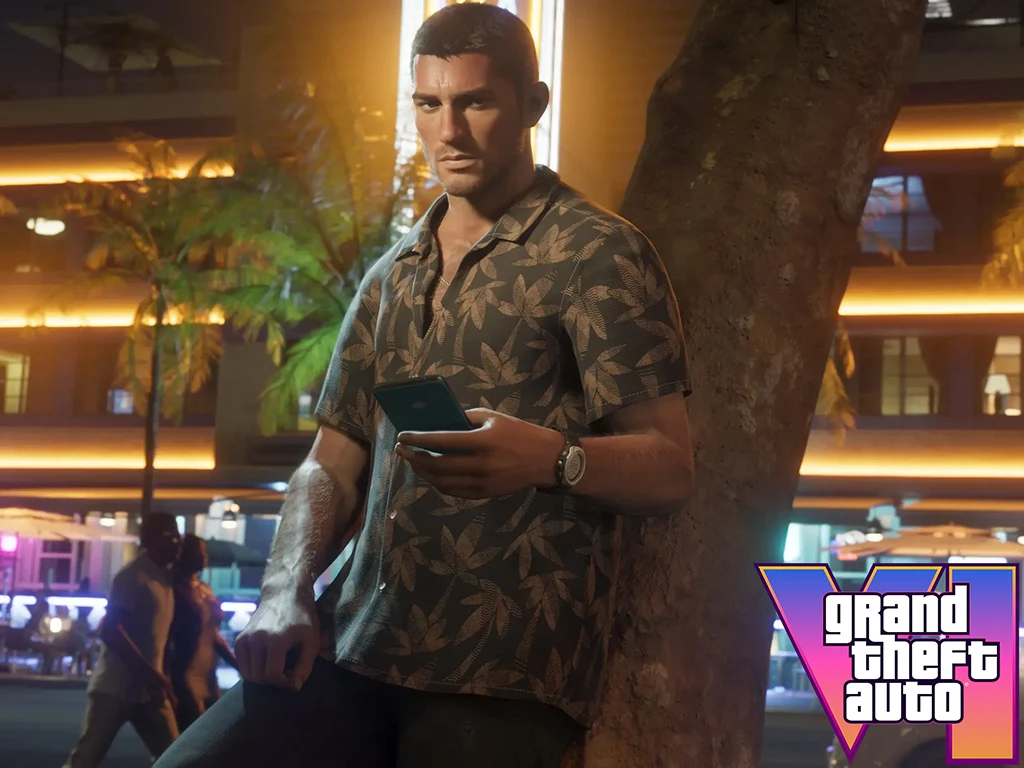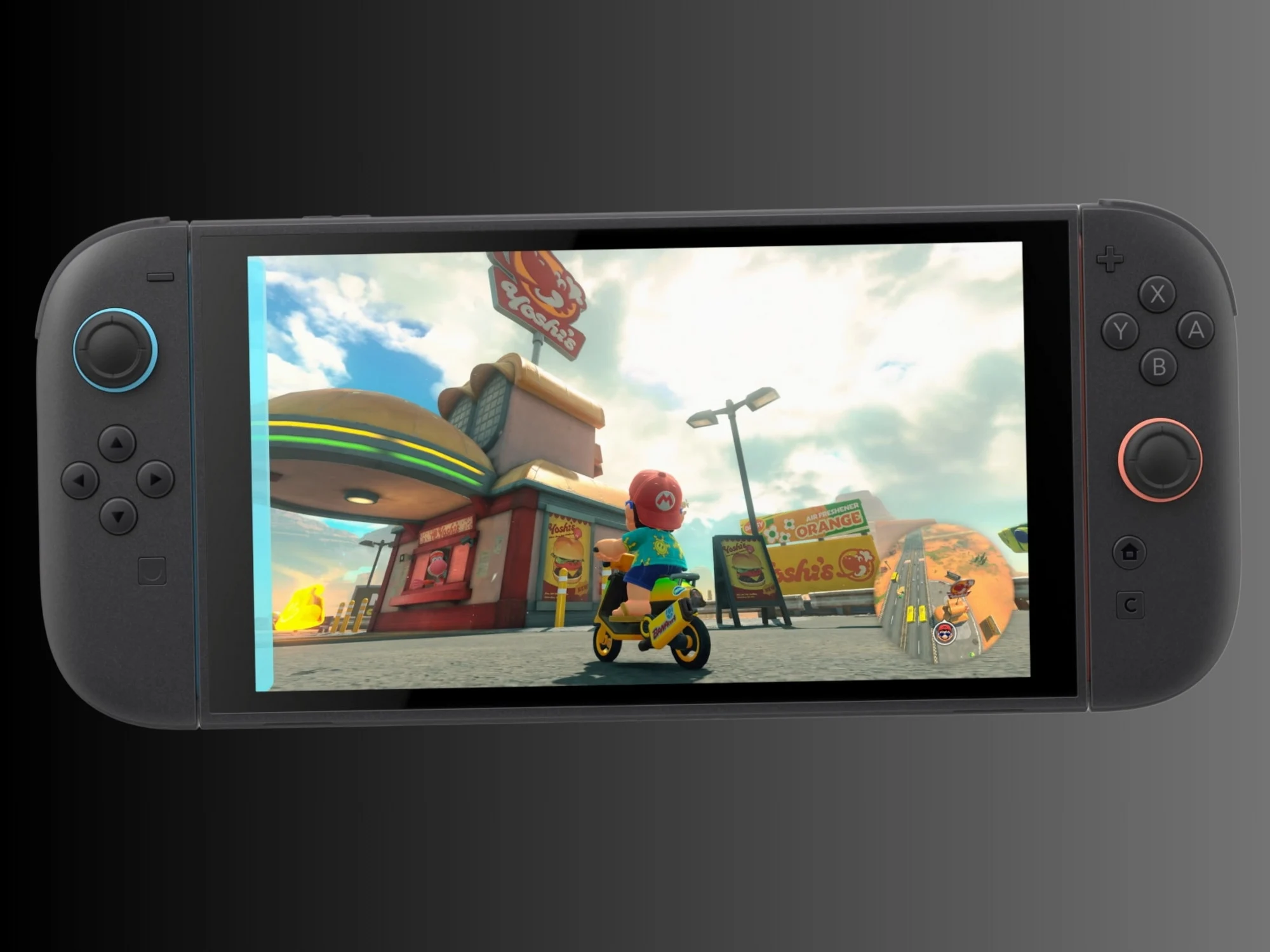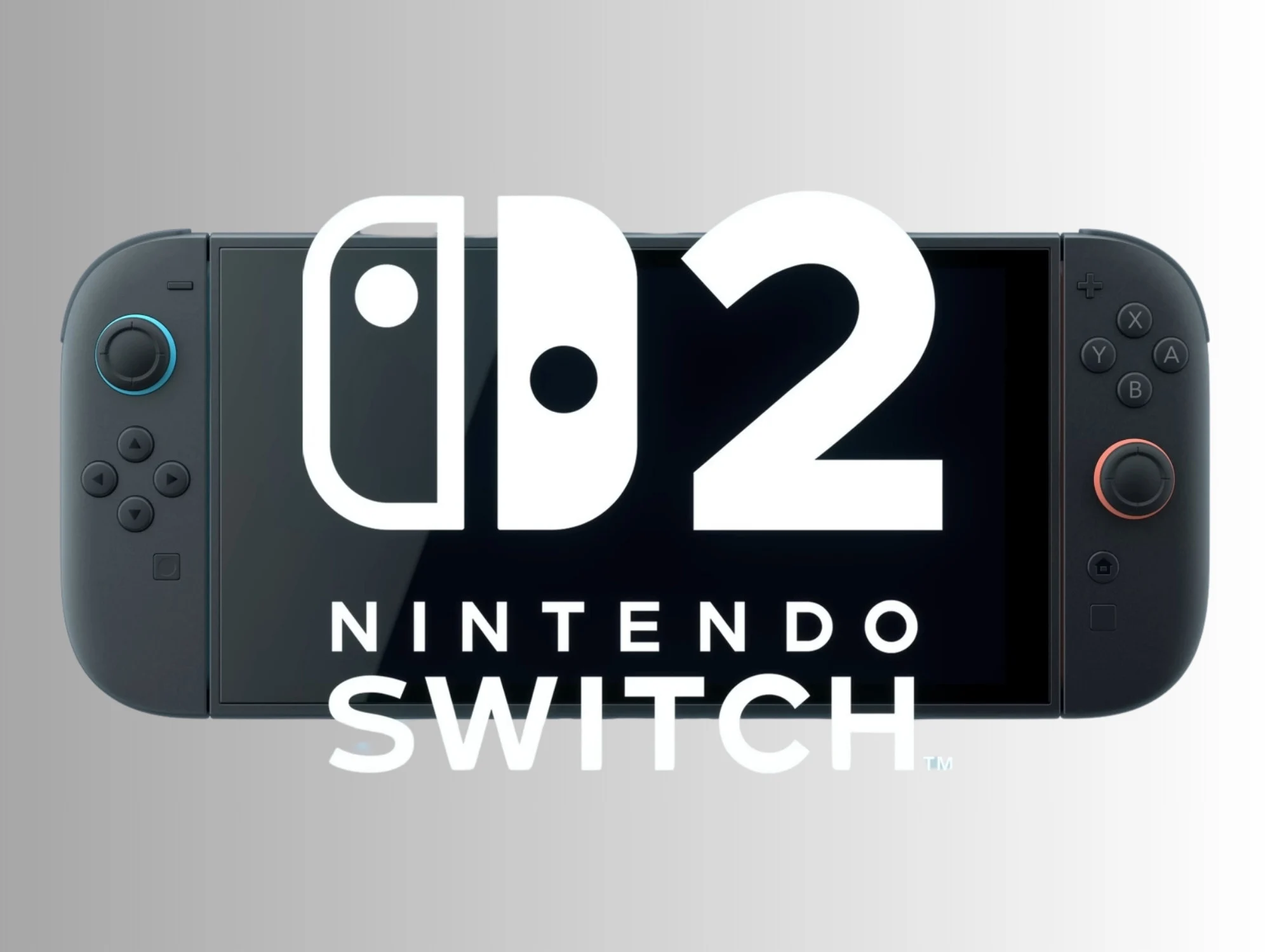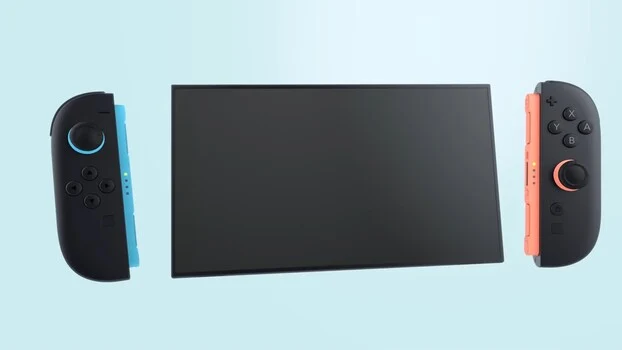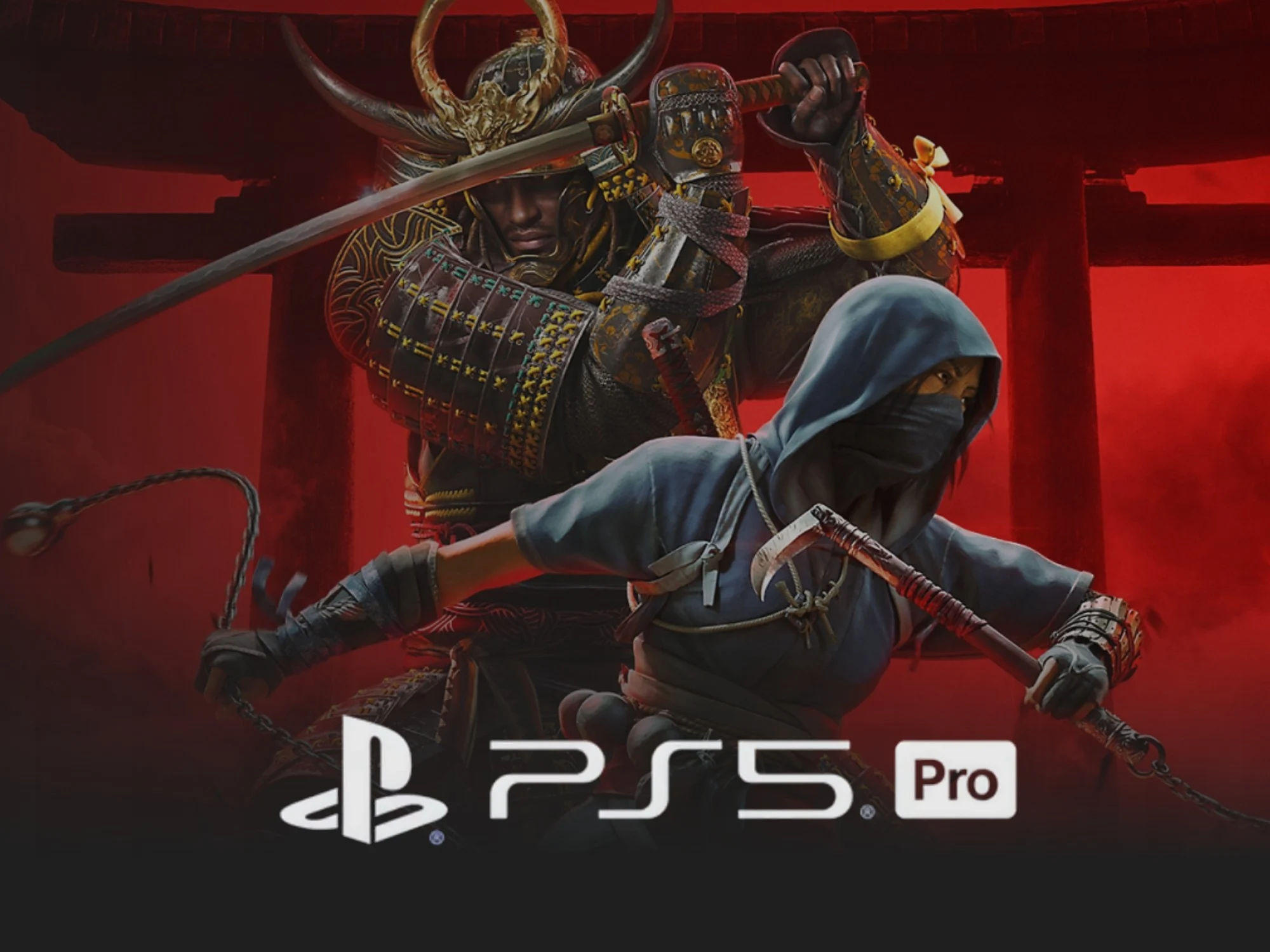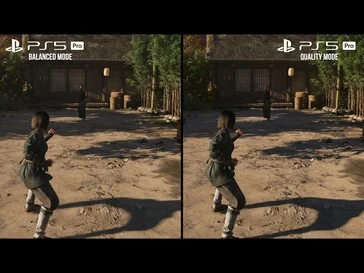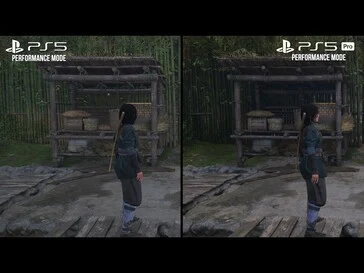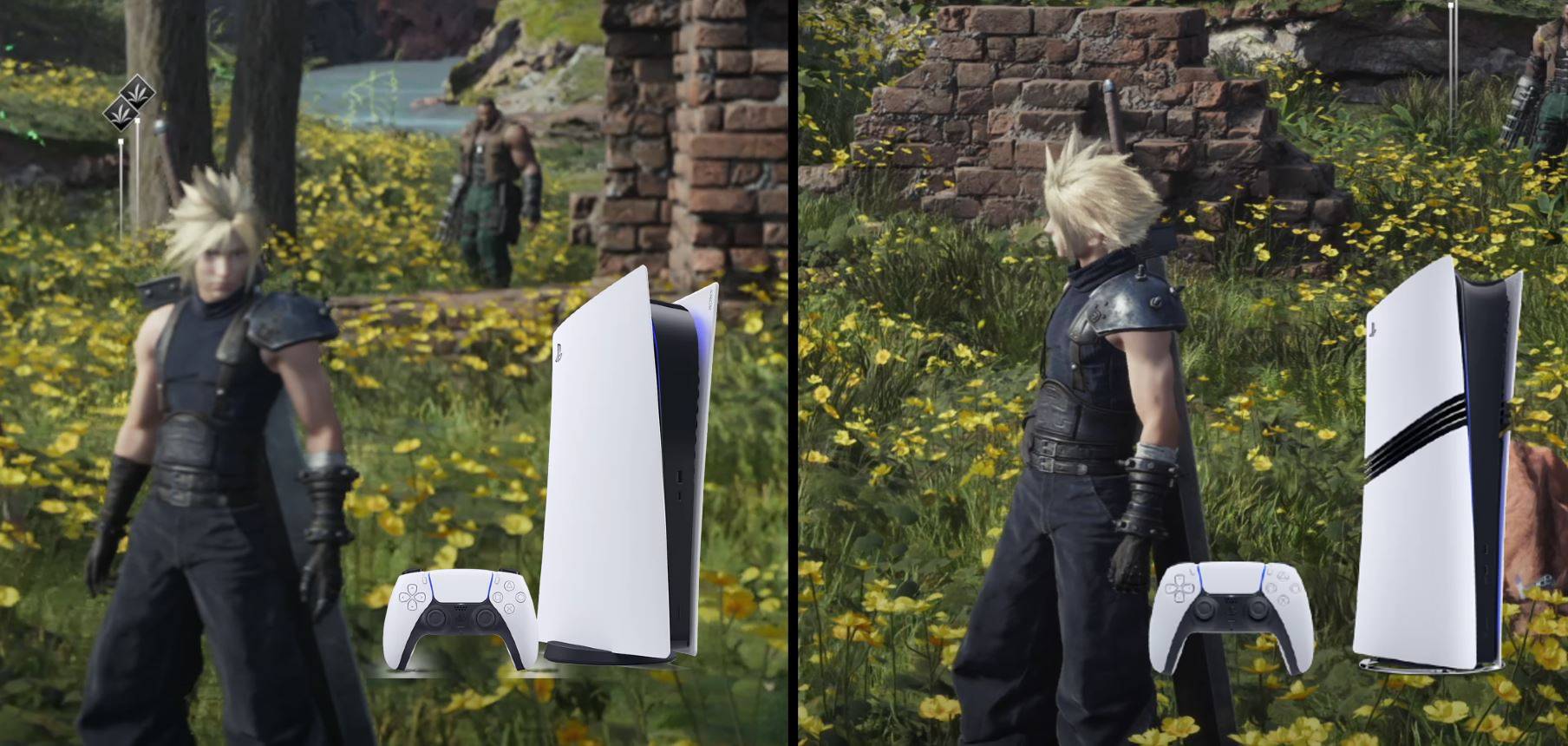Key Takeaways
1. Sony’s PS6 is expected to release in 2027, with speculation about its potential features already circulating among fans and insiders.
2. The PS6 may feature 24 GB of RAM, enhancing machine learning and ray tracing capabilities compared to the current PS5’s 16 GB.
3. Digital Foundry’s experts suggest this RAM increase signifies a new generation of consoles, although it remains speculative.
4. A leak suggests the possibility of a Zen 6 CPU for future consoles, though it’s deemed too bulky for the PS6.
5. The upcoming Xbox may include a high-end model with a Magnus APU and 36 GB of GDDR7 RAM, potentially exceeding $1,500 in price.
Sony’s upcoming PlayStation console has been the focus of numerous leaks in recent months. With the console refresh cycle pointing towards a 2027 release, the PS6 is still a bit off, yet this hasn’t stopped fans and industry insiders from speculating about its potential power. In this context, it is believed that the next PlayStation will feature 24 GB of RAM, which would be a significant improvement over the current specifications.
Insights from Digital Foundry
In a recent episode of DF Direct Weekly, experts from Digital Foundry weighed in on the RAM capacity for future consoles. Alexander Battaglia mentioned that while he isn’t sure about Xbox’s direction with their next console, he believes that Sony will probably equip the PS6 with 24 GB of RAM. The logic behind this is that since the PS5 and PS5 Pro are already performing well with 16 GB of RAM, the additional memory will enhance on-hardware machine learning and improve ray tracing capabilities.
Speculation on Upgrades
This RAM increase seems sufficient to warrant a new generation of traditional consoles, as Alex puts it, but it’s important to note that this is merely speculation at this time. Recently, there was a leak concerning a Zen 6 CPU for a “Magnus” APU, suggesting that it might power the next-gen consoles. However, while this could be plausible for the next Xbox or one of its anticipated devices, it appears too bulky and costly to fit within the PS6, and it doesn’t align with the typical codenames Sony employs.
Possible Features of the Next Xbox
Regarding the upcoming Xbox, there may be a higher-end model using the Magnus APU, which is based on a 3nm process and could include 36 GB of GDDR7 RAM. Naturally, this would come with a higher price point, likely exceeding $1,500. Last month, a well-known leaker, Kepler_L2, indicated that the next Xbox could be priced above $1,000, attributing this to its multi-storefront capabilities. Combined with the new APU, this could push the cost beyond $1,500.
Source:
Link





